Reenactment for beginners: The A-Z guide to getting started with reenactment
If you’re new to reenactment, you may be having trouble starting out. Wondering what reenactment is or how you become a reenactor can be frustrating for beginner reenactors and living historians. In this article, we'll give you a brief overview of everything you need to know to get started with historical reenactment as a hobby.
What are historical reenactments?
Historical reenactments are history enthusiasts who portray certain historical events or recreate life in a time period. Usually, the reenactors try to represent history as accurately as possible, each group has its guidelines and standards for authenticity.
There are many different types of reenactment and reenactors. Read on to learn more.
Types of reenactments
Combat demonstrations
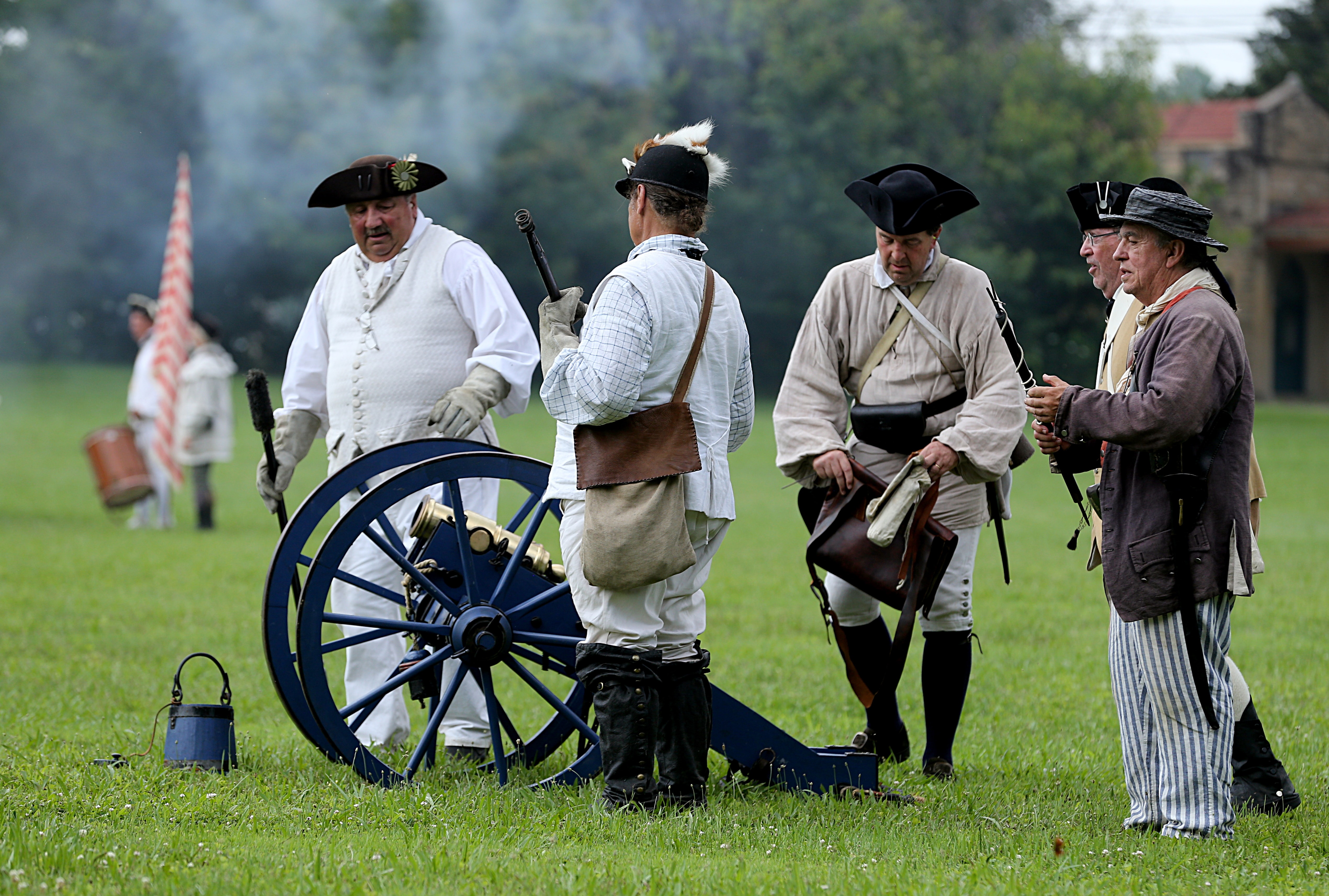
Military units do demonstrations of battles, give weapon demonstrations and interpret the military history on a specific site. These events show the public what combat would have been like in that period. The demonstrations can be loosely based on real battles but can also be fictional mock battles, just to show the techniques.
Battle reenactment
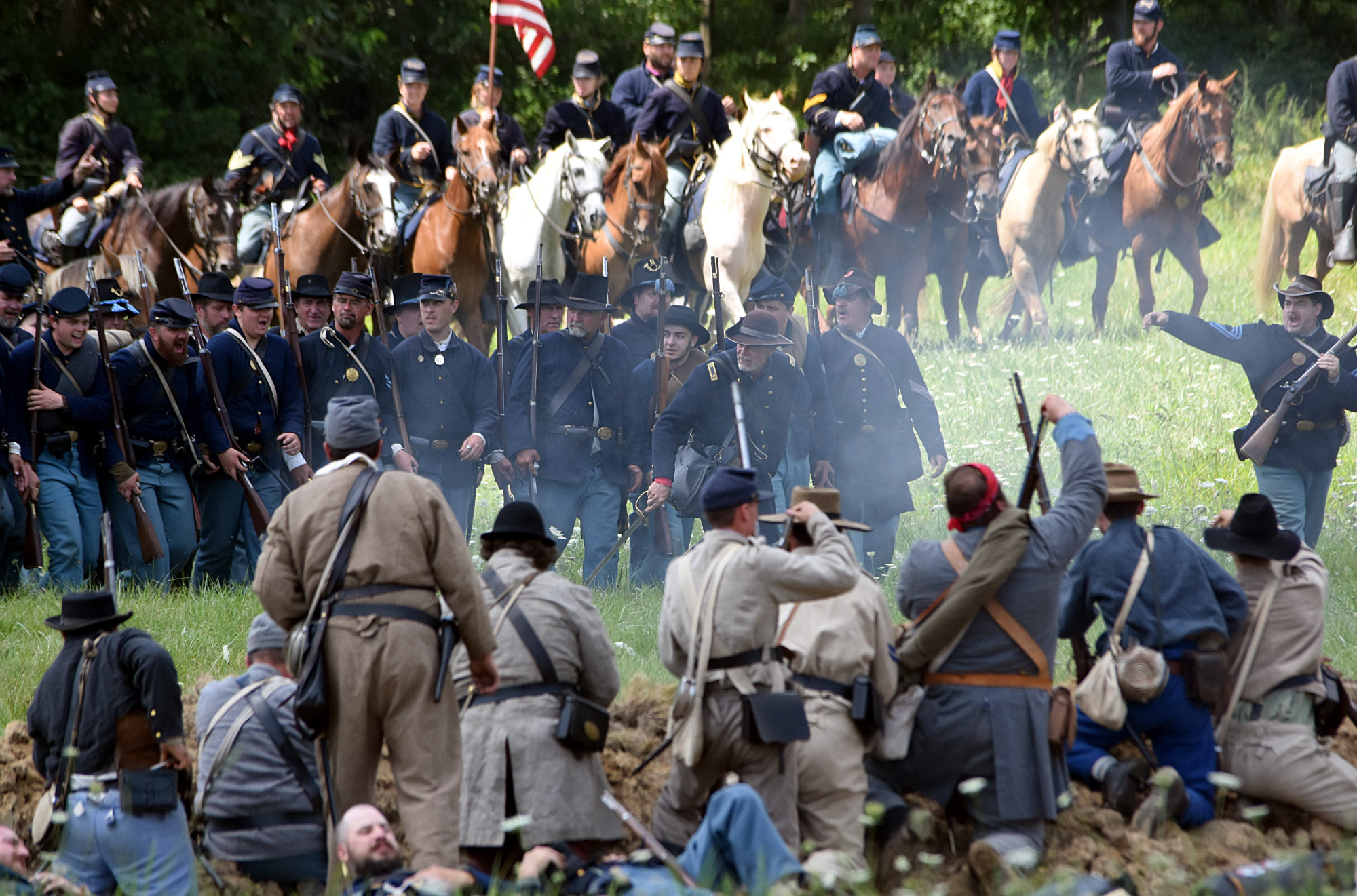
Battle reenactments are focused on recreating a specific battle, for example, the battle of Waterloo. They are scripted, and the outcome of the battle is known beforehand. Reenactors take the same actions that were taken in the original battles. These events are usually very large and great to visit with families.
Immersion event
An immersion event is like a street theater and is done to recreate a specific historical event, for example, a wedding or a trail that happened. These events are always acted.
Tacticals/ private events
Tacticals are usually not open to the public and off-site. These events revolve around a military scenario but are not scripted. Both sides come up with different strategies and maneuvers to win the mock battle or skirmish.
Reenactors sometimes spend a whole weekend living in period clothing and doing the daily tasks that were done by their characters.
Living History
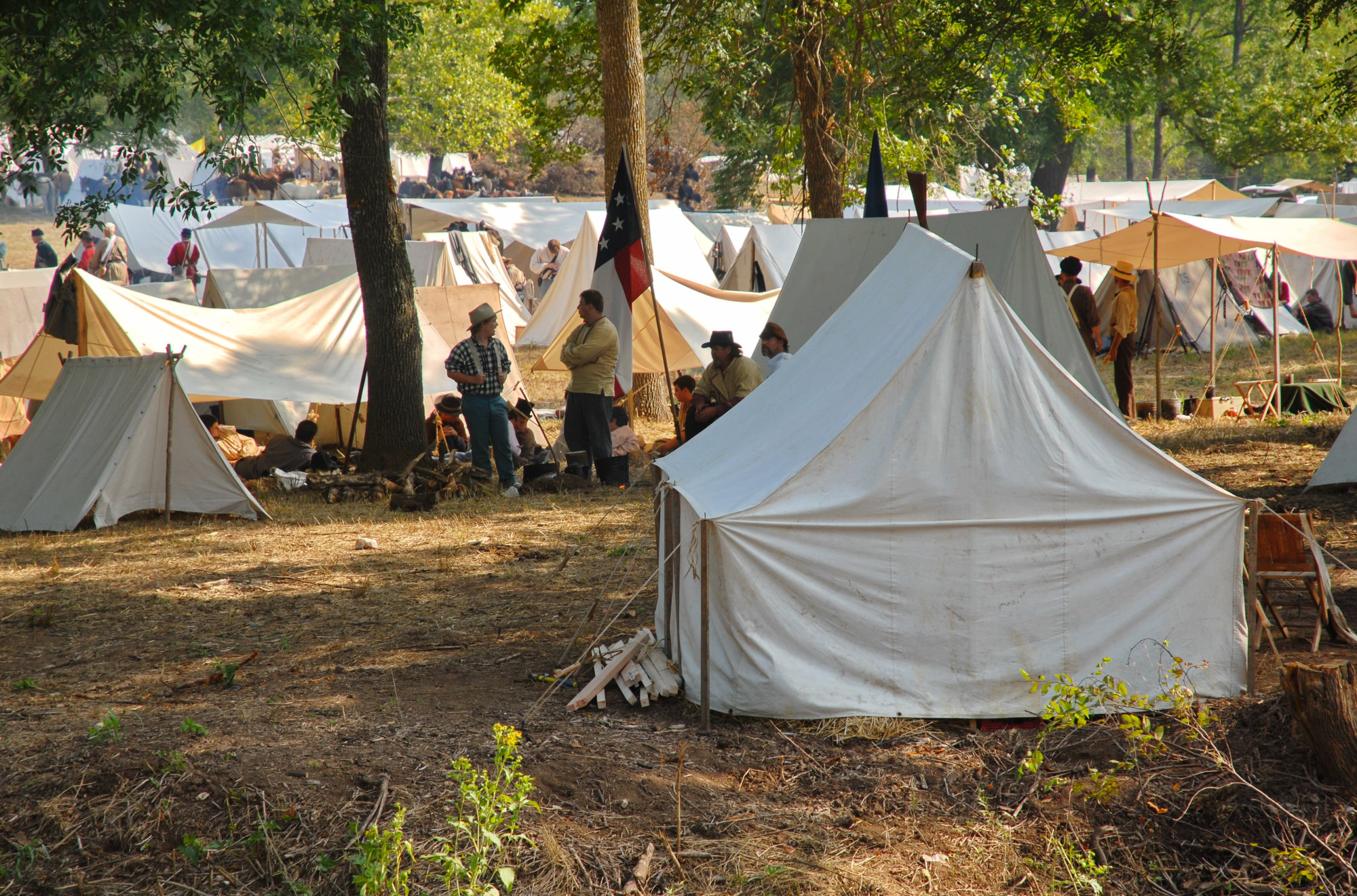
Living histories recreate the life and people of a certain period and have both military and civilian impressions. These events are well-researched used for the education of the public.
Types of reenactors
Military unit and other uniformed units
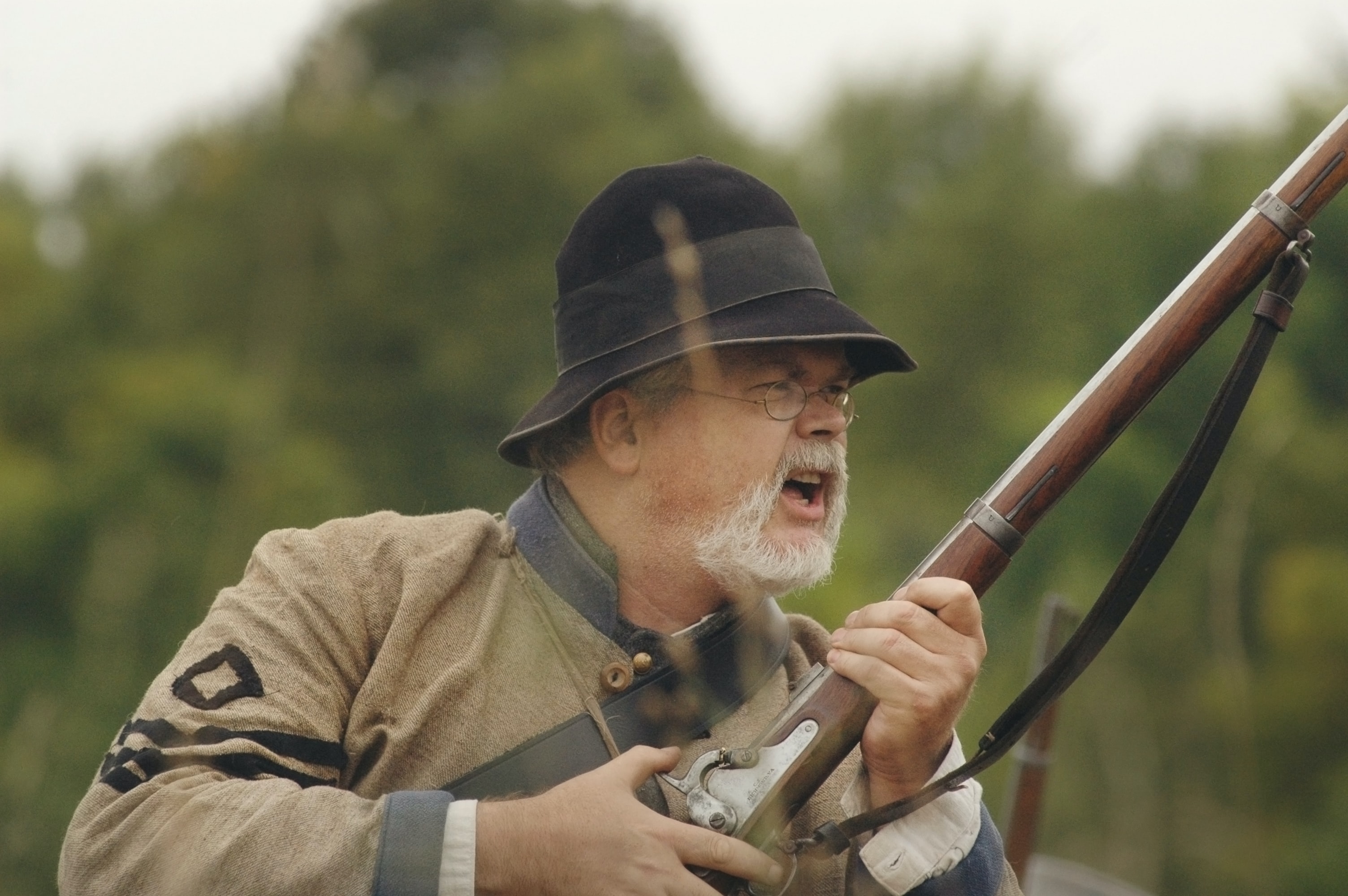
They portray a specific military unit, for example, the Rhode Island 5th from the American Civil War, or an organized civilian unit. Civilian units are usually camp-followers, for example, children and women following their husbands.
Military units always carry weapons and sometimes also have vehicles.
civilian unit
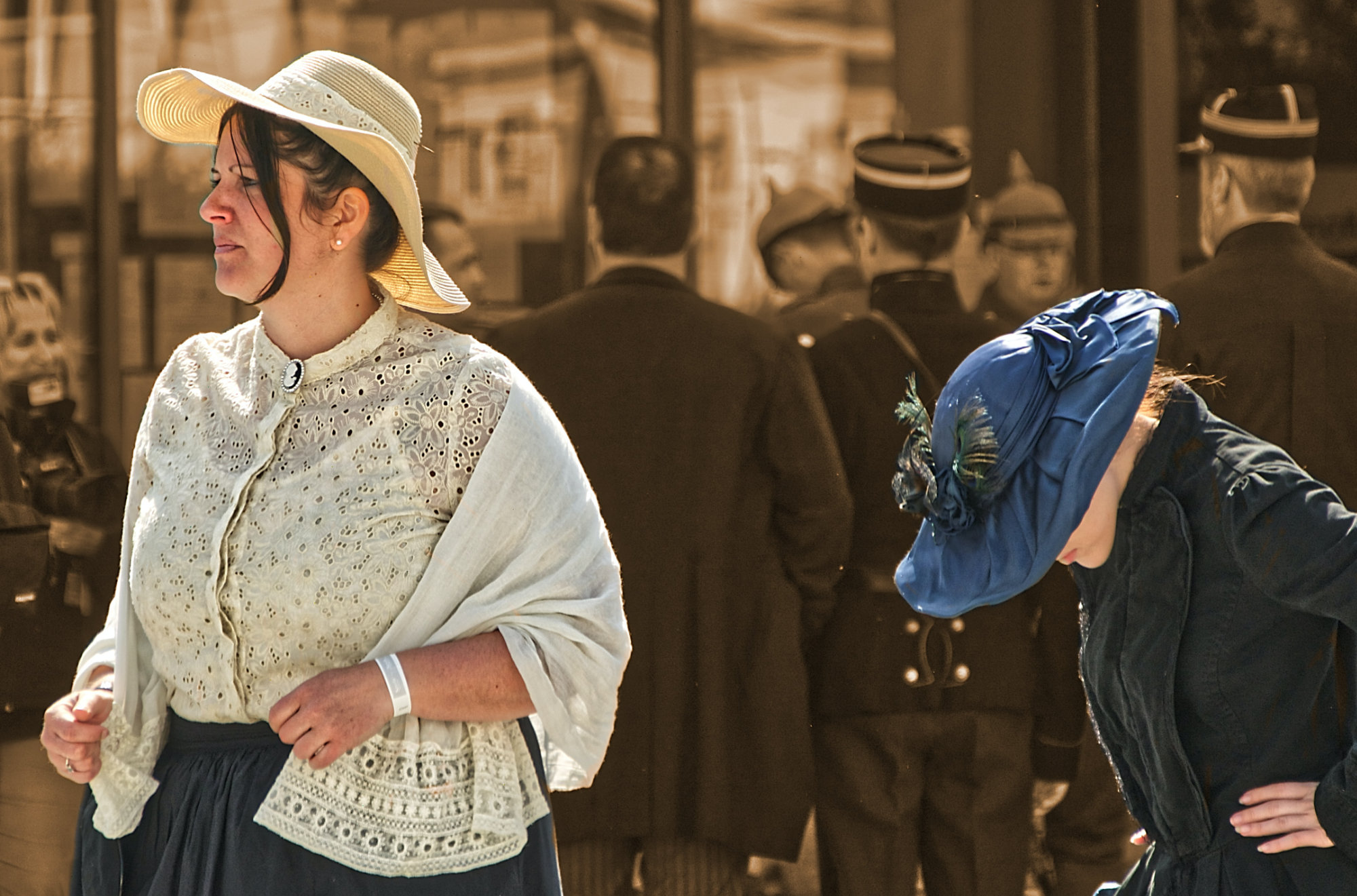
These units are not part of a uniformed or military unit and are not camp-followers. They portray only the civilians from a certain period, for example, the Ragged Victorians, who represent the lower class Victorians.
Independents
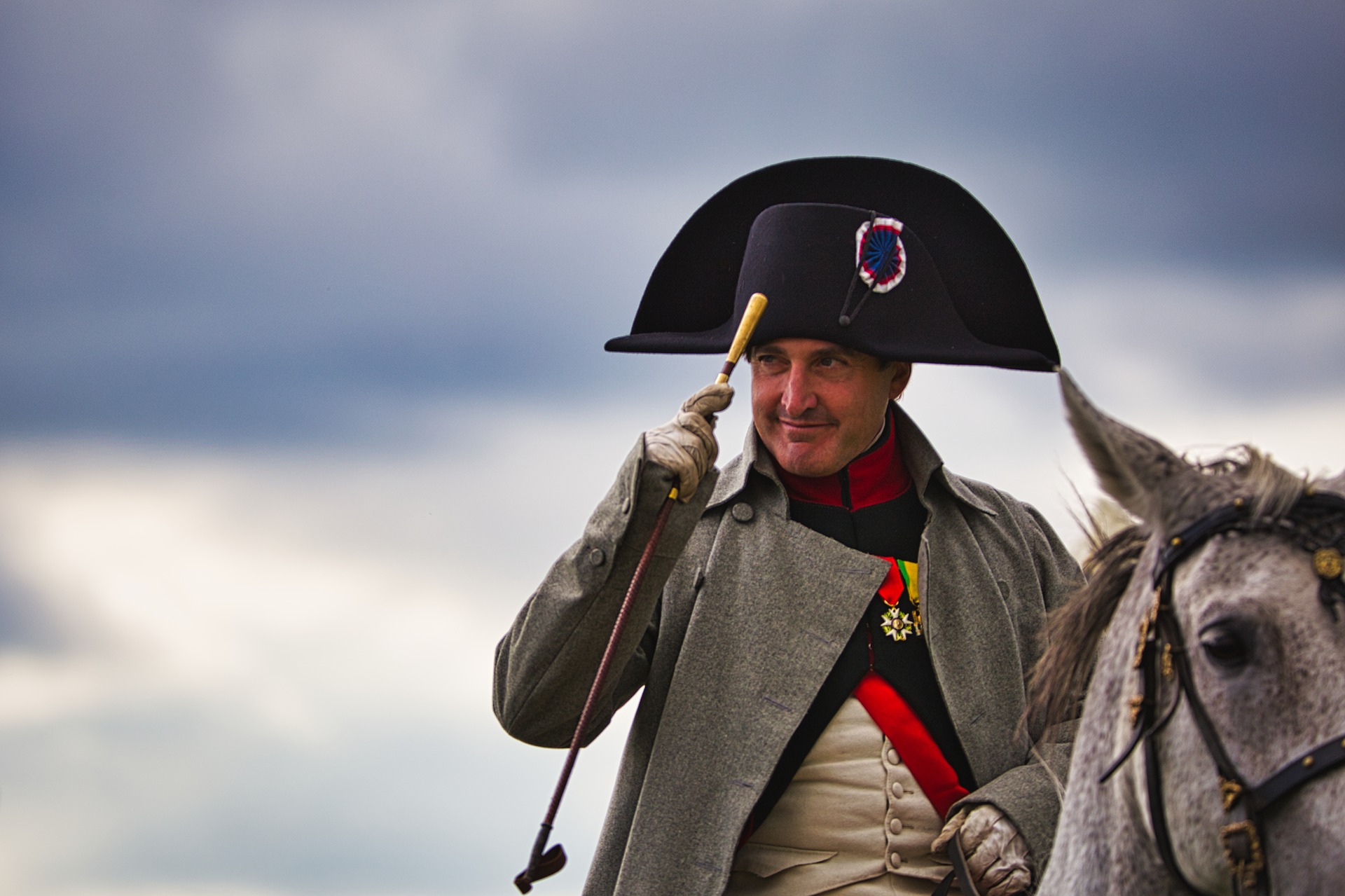
Independent reenactors are not associated with any organized group. They usually portray famous historical figures, for example, Napoleon. These people are sometimes even paid for their impressions and can be specifically invited to the events.
Why reenactment as a hobby
Why should you choose reenactment as a hobby? You might have a passion for history or a certain period in time or you want to experience and learn more about history, dress up in period clothes and use historic tools or weapons.
As with any hobby, you also benefit from human interaction, get to escape your daily routine, and improve your mental health.
Reenactment is also an important hobby because it provides value for spectators. It is an easy way for people to learn more about events in history, and it goes beyond the history books. Reenactment helps bring to life the events described in school textbooks and understand the situation. It’s an interactive and fun way to learn!
How do you become a reenactor
Choose a time period
Think about what your passion is in life and what you like to do. Maybe you have ancestors who participated in a historical event, for example, if your grandpa is a WWII veteran, this can help you when you try to learn more about WWII.
Some popular time periods are:
- Middle Ages
- Renaissance
- Napoleonic Wars
- American Civil War
- World War I
- World War II
- American Revolutionary War
- English Civil War
- Ancient Rome
*This post may contain affiliate links. I receive a small amount of compensation when you purchase from my links at no additional cost to you.
Find a group
There are many different reenactment groups to choose from. It’s best to search for one that is reasonably close to you. Search online for “reenactment groups near me” to get a list of groups in your neighborhood or go to a reenactment event in your area and talk to the reenactors and members of groups.
Choose a persona
A persona is a character and role that you play. Your persona can be a fictional character or a real one. Most people pick military characters, but there are many other roles you can play. For example, you could be a wife, a surgeon, or a sutler. The options are endless.
To find your persona, think about who you are in life and who you would like to be. You should have a connection to the character you choose. Your persona must mean something to you.
Research the details
After you've chosen your persona, you should try to learn as much as possible about the period and the character you’re portraying. Research what they ate, how they spoke, what their beliefs were, and what a day in their life was like.
Assemble your kit
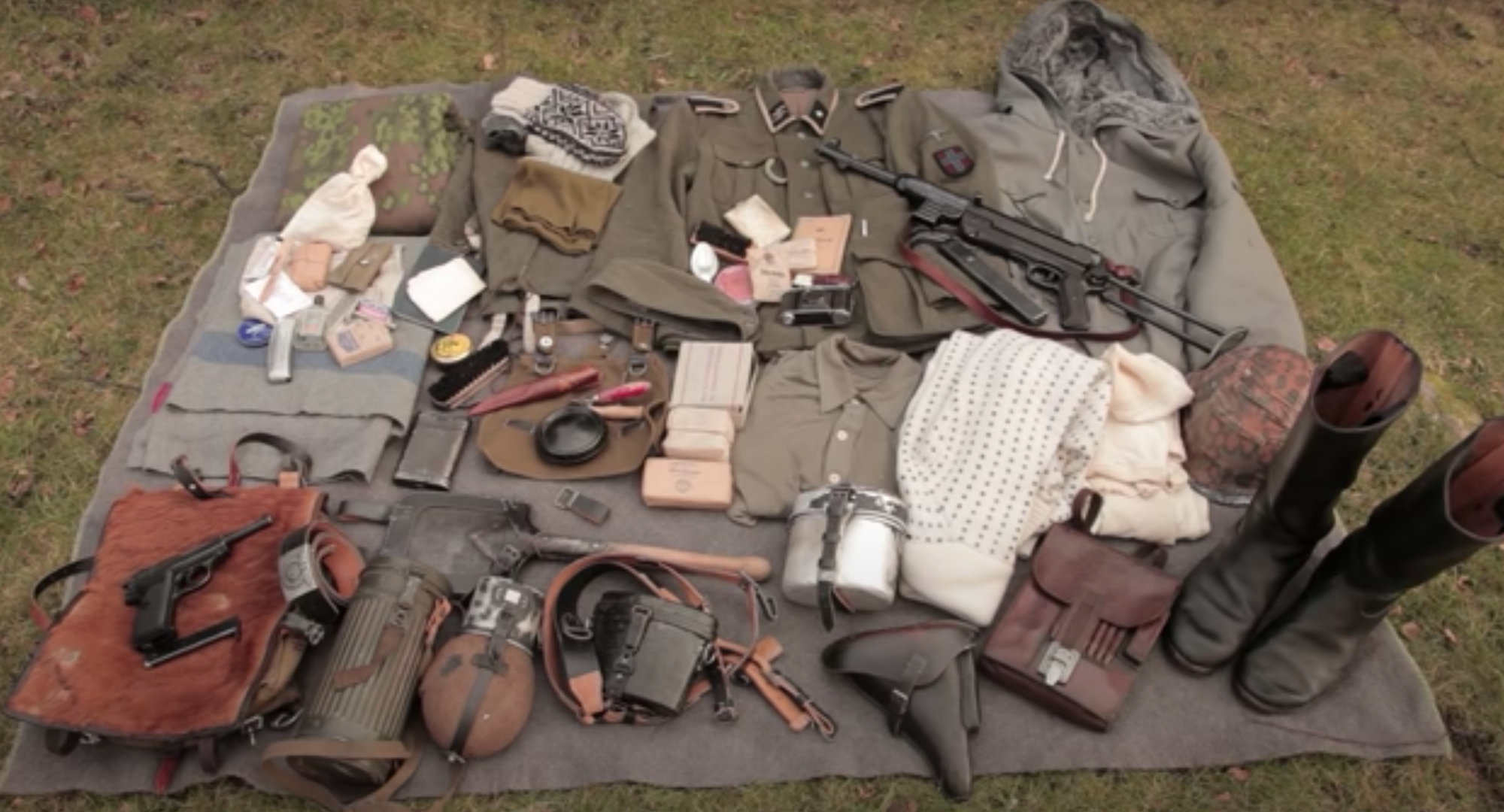
Source: https://www.youtube.com/watch?v=0V96l9n4_Bs
Your equipment is known in reenactment as a kit. This includes clothing, accessories, weapons, and tools.
Make sure your kit matches your persona. For example, if you portray a poor person, you cannot buy expensive clothing and tools that the character in real life could not have afforded.
If you're a newcomer in a re-enactment group, you don’t have to start buying things for your kit right away. The group usually has some extra clothes and props you can borrow, so you can try out your persona before spending a lot on major purchases.
